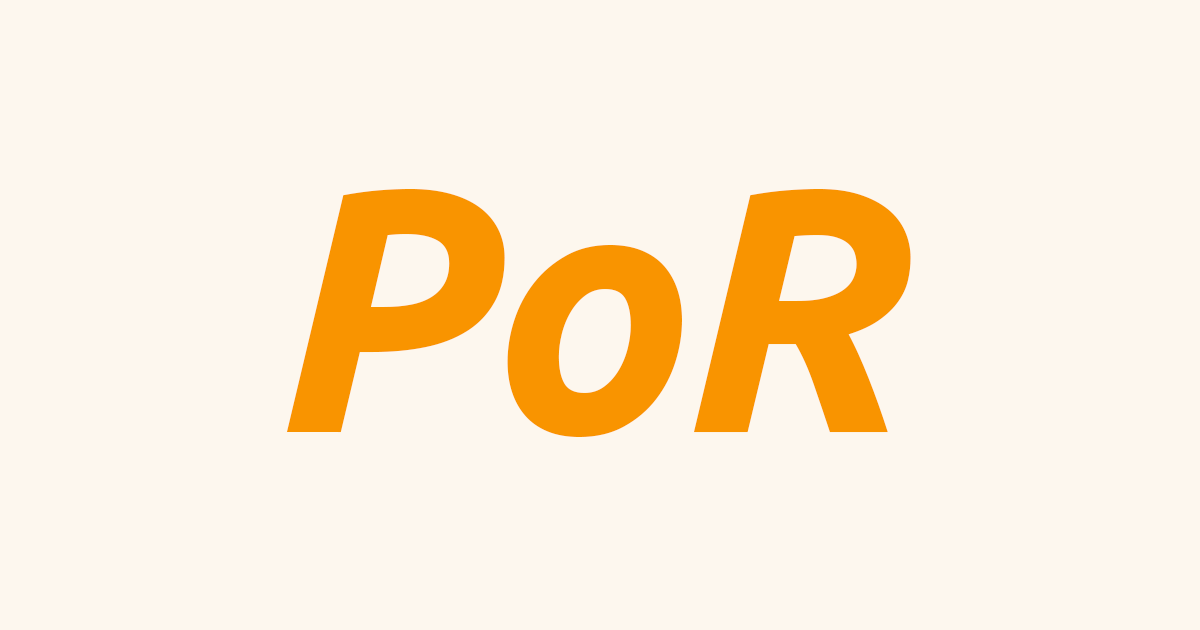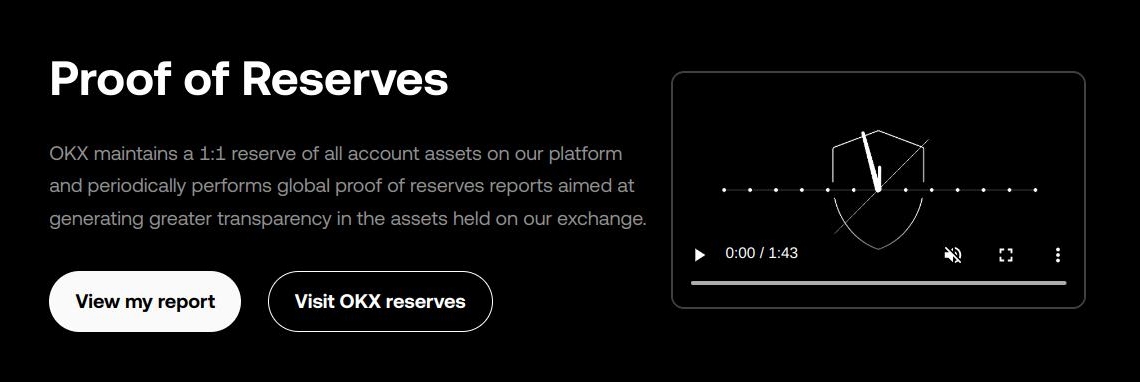
When you deposit crypto into an exchange, you expect the platform to keep your funds safe, accessible, and untouched. But many crypto exchanges have failed to do that, and over the years, massive security attacks have caused users to lose billions worth of crypto.
To restore faith in the system, some exchanges are now using Proof-of-Reserves to secure the funds.
Unlike Proof-of-Work or Proof-of-Stake, Proof-of-Reserves is not a consensus mechanism. It’s a transparency audit that confirms a crypto exchange actually holds the digital assets it claims. The goal of this external check is to make sure that your deposits aren’t being lent out, gambled away, or used to cover hidden debts.
Here’s how it works: a third-party auditor examines the total balances users have deposited, then verifies that the exchange has at least that much in its reserves. The audit is done without revealing personal account details through cryptographic methods like using Merkle Trees. This lets the auditor summarize user balances anonymously while proving the total amount is accurate.
The final result is a kind of cryptographic "receipt" that users can check themselves. Some exchanges even give you tools to confirm your own funds were included in the audit. In short, PoR is an effective way to confirm that the exchange isn’t hiding anything.
Proof of Reserves gives you a verifiable way to check an exchange’s solvency. It helps make sure platforms aren’t secretly loaning out more than they own or mismanaging assets behind the scenes. It also discourages fraud, since exchanges know they’ll be checked.
Most PoR audits today use a structure called a Merkle tree. Think of it like a digital summary of all account balances, turned into a single, secure cryptographic fingerprint called a Merkle root. It allows auditors to verify that everything adds up without exposing individual users’ balances.
This method protects user privacy while still offering public accountability. It’s also harder to fake than traditional internal audits, which can be tampered with. Several major exchanges and derivatives platforms have already adopted PoR, including OKX, Kraken, and BitMEX.

However, PoR isn’t perfect. It mainly shows the assets held on-chain. It doesn’t show liabilities. For example, if an exchange has loans or debts off-chain, PoR won’t catch that. So while it’s a good step toward accountability, it still requires responsible behavior from the exchange.
Although Proof-of-Reserves doesn’t solve every problem, it does offer a much-needed level of transparency. As the industry matures, more exchanges are likely to adopt PoR. Until then, it’s up to you to stay informed and favor platforms that are committed to transparency and trustworthiness.